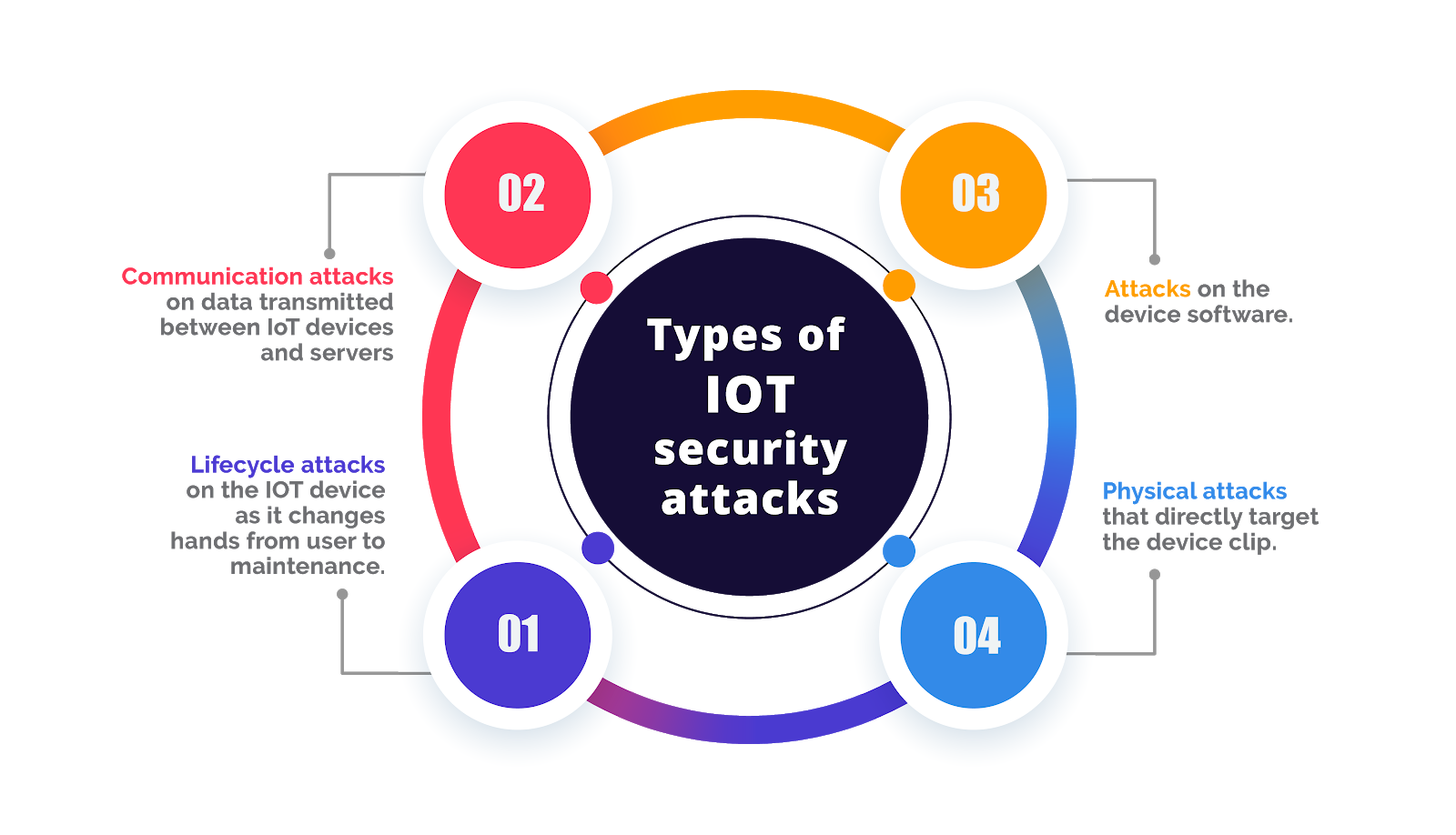DDI for IoT
Automate management, unify control and strengthen security of connected devices.

Efficient IP IoT security refers to the implementation of robust security measures to protect Internet of Things (IoT) devices and networks. As IoT devices continue to proliferate, ensuring their security is crucial to prevent cyberattacks and protect sensitive data.

Here are some key considerations for Efficient IP IoT security:
- Secure Network Architecture: Design a secure network architecture for IoT devices, separating them from critical systems. Implement firewalls, network segmentation, and VLANs to isolate IoT devices and control their access to the network.
- Strong Authentication: Enforce strong authentication mechanisms for IoT devices, such as unique credentials, certificates, or secure tokens. Use two-factor authentication (2FA) where possible to add an extra layer of security.
- Encryption: Implement end-to-end encryption to secure communication between IoT devices and gateways, as well as data transmission across the network. Encryption protocols like Transport Layer Security (TLS) or Datagram Transport Layer Security (DTLS) should be used.
- Device Management: Establish robust device management practices. This includes regularly patching and updating firmware, implementing strong password policies, and managing the lifecycle of IoT devices to ensure they are still supported by the manufacturer.
- Access Control: Implement strict access control measures to limit who can interact with IoT devices and their associated systems. Use role-based access control (RBAC) to assign specific privileges to individuals based on their responsibilities.
- Monitoring and Logging: Deploy comprehensive monitoring and logging mechanisms to detect suspicious activities and identify potential security breaches. Monitor network traffic, device behavior, and system logs to quickly respond to anomalies.
- Vulnerability Management: Regularly assess and scan IoT devices and networks for vulnerabilities. Establish a process to promptly address and remediate identified vulnerabilities to prevent exploitation.
- Physical Security: Protect IoT devices physically by placing them in secure locations and limiting physical access. Ensure physical security measures are in place to prevent unauthorized tampering or theft.
- Incident Response: Develop a well-defined incident response plan specific to IoT security incidents. This plan should outline the steps to be taken in the event of a breach, including isolating compromised devices, investigating the incident, and notifying relevant stakeholders.
- Security Awareness and Training: Educate IoT users, administrators, and developers about best practices for IoT security. Foster a culture of security awareness and provide training on identifying and mitigating potential risks associated with IoT devices.
Remember that IoT security is an ongoing process, and staying updated with the latest security practices, standards, and threats is essential to maintaining an efficient IP IoT security framework.
How Nanjgel can assist you.
Nanjgel & Efficient IP are Partnered to bring you the best DDI for IOT required for your organization so that you can Automate management, unify control and strengthen the security of connected devices.
For more information, please visit us at :- https://nanjgel.com/frontend/solutions/iot
Or Write to us at sales@nanjgel.com




